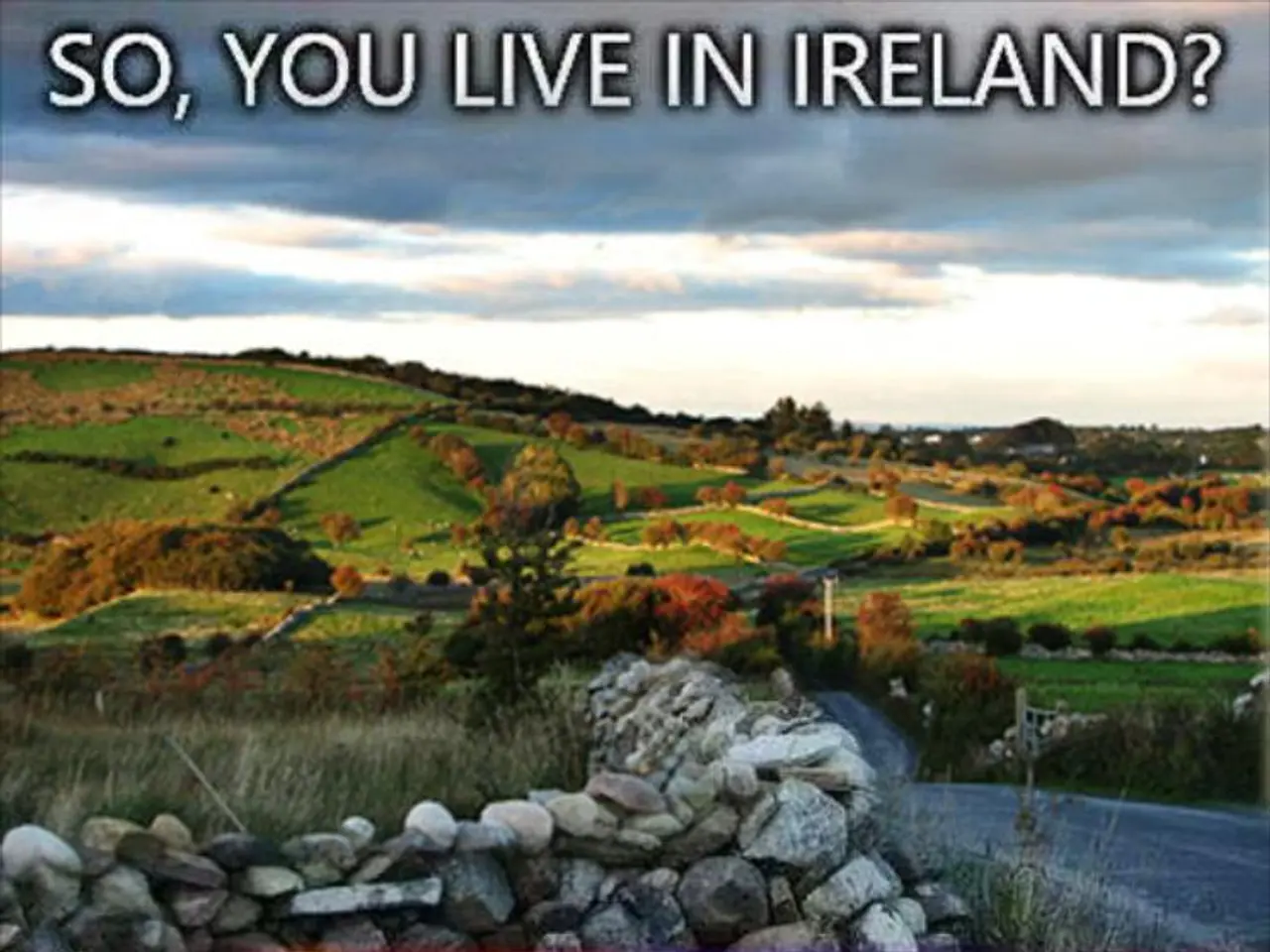Massive blaze in the Grand Canyon that started as a 'controlled fire' quickly escalated into a fierce conflagration.
Uncontrolled Blaze: The Dragon Bravo Fire Threatens Grand Canyon's North Rim
The Dragon Bravo Fire, currently the largest megafire in the United States this year, has been causing concern for residents and officials near the Grand Canyon's North Rim. The fire, which started as a small, controlled burn, has grown exponentially due to high winds, creating its own weather and destroying 70 buildings, including the historic Grand Canyon Lodge.
As of Saturday, the blaze had burned over 145,000 acres and was 63% contained. The fire's growth has been so rapid that it has even created pyrocumulus clouds, which form when intense heat from a wildfire pushes smoke high into the cooler atmosphere.
The Southwest usually depends on late summer monsoons to replenish moisture in trees and plants, making them less likely to burn. However, the Dragon Bravo Fire started before the monsoon season, which may have contributed to its rapid spread.
The fire's management has been under scrutiny, with both Arizona's Democratic senators calling for investigations. The fire jumped containment lines on July 11, 2025, leading to questions about whether the people in charge could have seen it coming.
Federal cuts, specifically job cuts at the forest and parks service orchestrated by President Trump's Department of Government Efficiency earlier this year, may have contributed to the fire's management. Crucial support people, including meteorologists and those who specialize in predicting fire behavior, were let go due to these cuts.
Arizona Governor Katie Hobbs has demanded "intense oversight and scrutiny" of the federal government's decision to manage the fire as a controlled burn during the driest, hottest part of the Arizona summer. She believes that the fire's disastrous escape may not have been directly caused by the federal workforce's "downsizing and whimsical firings," but it is being questioned whether the people in charge didn't see it coming.
Stephen J. Pyne, who spent 15 years on a fire crew in the Grand Canyon, has a personal interest in the outcome of the Dragon Bravo Fire investigations. He questions whether letting the fire burn was within the range of acceptable risks.
The National Park Service developed detailed weather forecasts for the Dragon Bravo Fire to anticipate critical fire weather conditions. However, the development of the fire weather conditions was possibly underestimated due to the unexpectedly strong drying trend and limited overnight humidity recovery, leading to increased fire spread and spotting.
The Hermit's Peak fire in New Mexico in 2022, which started with a controlled burn that got out of control and exploded to more than 300,000 acres, began in the lead-up to the monsoon season, similar to the Dragon Bravo Fire.
Despite the challenges, the welcome center at the entrance of the Grand Canyon's north rim was still wrapped to protect it from fire on August 12, 2025. Fire danger was still "very high" in Fredonia, AZ, near the Grand Canyon's north rim. Arizona's top politicians have demanded explanations for the fire's management, and the investigations into the Dragon Bravo Fire are pending.
Read also:
- Nightly sweat episodes linked to GERD: Crucial insights explained
- Antitussives: List of Examples, Functions, Adverse Reactions, and Additional Details
- Asthma Diagnosis: Exploring FeNO Tests and Related Treatments
- Unfortunate Financial Disarray for a Family from California After an Expensive Emergency Room Visit with Their Burned Infant








